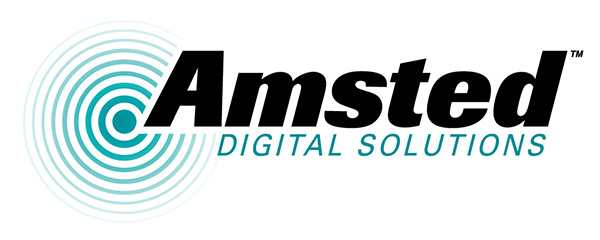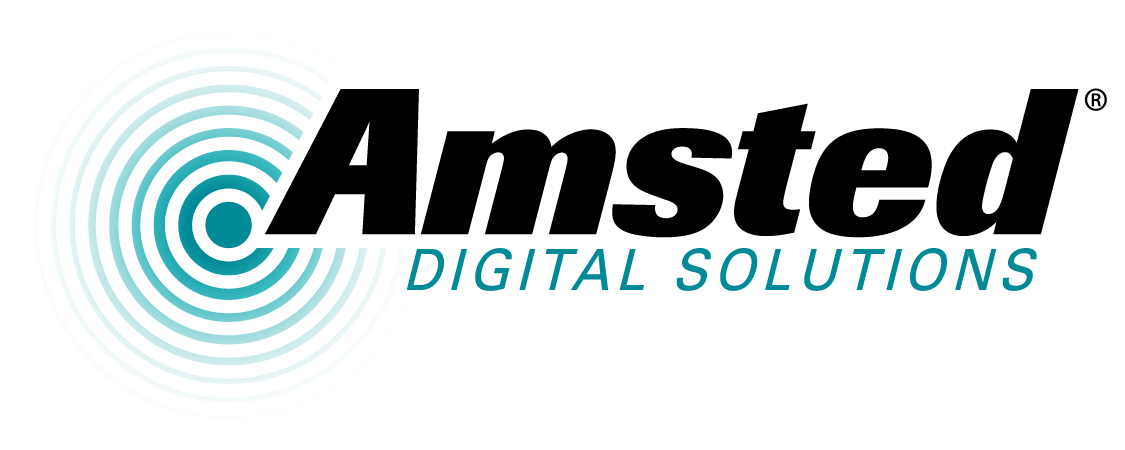Like a lot of technologies designed to make your life easier, once you’ve used a comprehensive railcar tracking software you’ll wonder how you ever managed without it.
The ability to quickly generate automated reports that provide key data at a glance has become invaluable to those charged with tracking, managing, and planning fleet operations. By providing timely and accurate information to guide decisions, these systems are helping fleets to operate more efficiently and profitably.
Here are 10 reports made easier with today’s top-rated tracking software.
This one is indispensable. Software with real-time tracking allows you to keep on top of your fleet at all times, with up-to-the-minute information on the location and status of your cars, anywhere across North America. It ensures you’re always in the know, and never in the dark. (Some providers even offer online apps that work on your smartphone.)
- Real-time Tracking
Which railcars are on which railroads? Where did the car depart from, and what is the ETA? Are the cars moving or not moving? Loaded or empty? What products are on board, and for what customers? Real-time tracking captures it all.
- Cycle Days
How long does it take cars to make the complete cycle back to the point of origin? Cycle Days reports provide valuable details on trip cycles, and can be used to examine outbound legs, return legs and all junction points along a route. This information can help identify delays and log jams that stand between you and a more efficient fleet.
- Demurrage
Demurrage fees can quickly add up and impact your bottom line. Demurrage reports make it easier to monitor and validate charges from the railroad. Keep track of your free days and know when charges will start to apply. In the event of a dispute with the railroad, these reports can prove invaluable.
- Detention
Similarly, when cars are held at a shipper or receiver’s facility, Detention reports keeping accurate tabs on time spent at the facility – to capture any fees owed or owing.
- Daily/Weekly/Monthly Shipping
Shipping reports tell you everything you need to know about the products in your cars. What was shipped? What locations did you send it to? What was the volume/ tonnage? How much did you move? These reports allow you to quickly determine if you are meeting your delivery targets and are fulfilling your contract requirements on an ongoing basis.
- Route Analysis
Are certain routes meeting the service level promised by the railroads? And is the route allowing you to meet your customer’s commitments? Route Analysis reports allow you to compare how your cars are measuring up. These reports flag concerns such as excessive dwell time at junctions. They identify bottlenecks or slowdowns on the route and can measure throughput. Route Analysis reports can be used in negotiations if a railroad is not meeting its obligations. They may even inform your decision to consider an alternative route if targets are not being met.
- Mileage
Mileage reports make it incredibly easy to compile and organize mileage data required for lease agreements and taxation. Most give you the flexibility to break down mileage according to a number of criteria: such as by carrier, loaded and empty miles, and geography (country, province or state).
- Mileage Comparison
Ensuring you don’t exceed the mileage limits of your lease contract isn’t hard with this must-have report. This helpful planning tool allows you to monitor a car’s accumulated mileage throughout North America. If you’re worried about exceeding the lease agreement and incurring penalties, you can proactively reroute the car and assign it to a different service area in your fleet.
- Railcar Inbound
This Inbound Tracking Report informs the terminals information on what’s coming and when! It provides a forward-looking window into shipments you’re expecting to receive at certain destinations. Railcar Inbound reports include details such as the number of cars on route, shipment details, loaded/empty, ETAs, product group, product fleet, car status and much more. Most companies share these reports daily with their terminals and possibly their customers.
- Shipping Cost Analysis
Is your fleet or route profitable? This is the million-dollar question. The top railcar tracking software platforms can automatically compile all costs and compare them against revenue. Lease costs, fuel, shipping charges, demurrage/ detention, taxes, storage – every expense associated with your railcar movement is accounted for – giving you a clear picture of profitability.
Detail, functionality, and customization
While most reputable railcar tracking solutions will offer these 10 reports (or variants of them), not all will provide the same level of detail and functionality. Be sure to shop around and compare. The way reports are formatted and presented can make a huge difference when it comes to ease of use. Ideally, you want the ability to easily sort, categorize and customize report data – to give you as much or as little information as required.
Finally, ensure the reports are easy to generate and share with key stakeholders: be it executives, customers, operators, and partners. When you’re on the same page, there is no stopping you.


